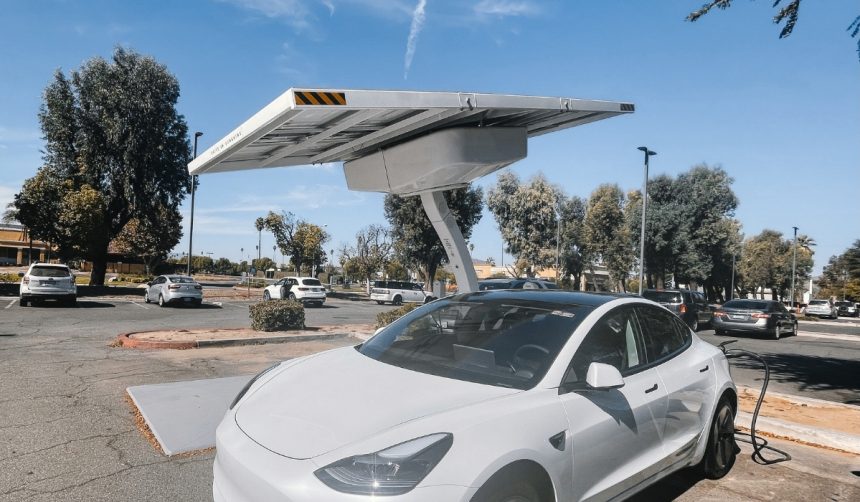Vehicle safety continues to draw attention worldwide, and China’s regulatory authorities are now focusing on car door handle designs, particularly in response to recent concerns surrounding Tesla’s vehicles. Consumers are increasingly prioritizing practical safety features, such as accessible door handles that function reliably in emergencies. Regulations like these may reshape not only engineering approaches to car design but also increase manufacturers’ accountability toward user safety. This latest move also signals a broader trend as automakers balance innovation with clear consumer protections.
Reports from previous months indicated recurring problems with Tesla door handles in both China and the United States, involving scenarios where passengers struggled to exit vehicles during electrical failures or system malfunctions. While early news discussed investigative probes and highlighted consumer complaints, specific standards or requirements were less defined at that stage. The Chinese Ministry of Industry and Information Technology’s (MIIT) draft regulations now introduce a formal framework, providing clearer guidelines for automakers. This step marks a shift from general scrutiny toward enforceable policy intervention.
What Do the New MIIT Guidelines Require?
The MIIT’s draft “Technical Requirements for Automobile Door Handle Safety” demands that every car door, except for trunks, must include external handles equipped with mechanical release mechanisms. The guidelines also specify that, during incidents involving battery malfunctions, side doors must be operable from outside the vehicle without tools. These standards set a minimum hand operation space of 60mm by 20mm by 25mm for handles, aiming to ensure usability in emergencies.
How Is Tesla Planning to React?
Tesla, among the most scrutinized automakers named in recent investigations, is already working on potential modifications. The company’s chief designer, Franz von Holzhausen, explained that Tesla plans to integrate mechanical and electronic door releases in upcoming solutions. He stated,
“It’s in the cars now…The idea of combining the electronic and the manual one together in one button, I think, makes a lot of sense.”
These adjustments aim to simplify operation and address scenarios where rapid exit may be necessary.
Are Other Automakers Affected by These Rules?
The MIIT did not single out Tesla alone—its research compiled data from 230 vehicle models by 20 brands, using more than 20 models for validation tests. According to Rong Hui, Deputy Director of the China Automotive Standardization Research Institute,
“With the development of automotive electrification, electric concealed door handles have been widely adopted, and the operation methods and structural types of door handle products on the market are increasingly diverse. These standards aim to respond to new technologies and safety requirements.”
Automakers selling vehicles in China must now review their designs for compliance, raising the bar for safety industry-wide.
Drafted standards also include requirements for interior door handles to offer mechanical release features, clear visibility, and proximity of placement relative to seats. Manufacturers must provide backup mechanical handles if internal electronic releases are used, underscoring a commitment to redundancy. The new focus on operational clarity and accessibility is intended to reduce the likelihood of occupants being trapped during electrical or mechanical failures.
Safety regulations like these often track closely with public concerns and recent incidents, as echoed earlier this year when similar issues surfaced in other markets, notably the United States. The addition of concrete technical specifications in China pushes automakers toward not only meeting regulatory expectations but reassessing foundational elements of vehicle design. Car buyers may benefit from these policy moves with increased transparency and reliability of safety mechanisms. Understanding these rule changes allows consumers to factor not only performance or design into their decisions, but also whether brands like Tesla and others are addressing tangible safety concerns. For those interested in the technical side of vehicle design, staying alert to regulatory shifts like this can provide valuable insight into trends shaping the automotive industry.
- China’s MIIT proposes technical door handle requirements targeting user safety.
- Tesla states planned updates to combine mechanical and electronic releases.
- Standards impact all brands, increasing safety expectations industry-wide.










